The Victory at Mactan
By Wilfred Galila
A depiction of the Battle of Mactan in the Liberty Shrine on the island of Mactan in Lapu-Lapu City, Cebu, Philippines.
Magellan’s demise in a battle led by Lapulapu, a datu (chieftain) of the island of Mactan in the Visayas, on April 27, 1521, delayed the Spanish colonization of the archipelago for 44 years, but it did not dampen Magellan’s reputation as a premier explorer and circumnavigator of the Earth. Not to mention that Magellan’s circumnavigation of the Earth was incomplete due to his premature death. The task was actually completed by his successor, Juan Sebastián Elcano. Nevertheless, Magellan’s death and failed expedition, through the help of his loyalist chronicler Antonio Pigafetta, was elevated to that of martyrdom and the work of a pioneering genius while Lapulapu’s heroism and victory in thwarting the invasion of his chiefdom and rest of the archipelago was relegated to a mere act of savagery. This denigration of Lapulapu continues in 1938 through Stefan Zweig, who, in his book, Conqueror of the Seas, The Story of Magellan, wrote, “Magellan was slain in a petty skirmish with a horde of naked islanders. The man of genius … was felled by a ludicrous human insect named Silapulapu [sic]” (261).
The statue of Lapulapu at the Liberty Shrine.
As with most things, there is so much more to the story that culminated with what is known as the Battle of Mactan. A society that was complex and highly political, there already was conflict within the Visayan chiefdoms and between its chieftains, Datu Lapulapu and Raja Humabon. The latter who Magellan allied with in order to get the defiant Lapulapu to submit to the Spanish empire in what can be seen, in retrospect, as a divide and conquer strategy on the part of the colonizers.
The saying goes that “history is written by the victors.” Pigafetta’s romanticized account of the Battle of Mactan where Lapulapu and his warriors “killed our mirror, our light, our comfort, and our true guide” is proof of this truism (177). This version and perspective of Philippine history has held up for centuries; bolstered by historians and scholars who view Pigafetta’s diary of Magellan’s expedition as a thorough and reliable account. I surmise that this is true, in the sense that Pigafetta wrote from his perspective, in what he believed to be true, and, in this way, constructed his own version of reality. A reality and perspective that for centuries, many, including myself in my naïve youth, considered to be the one and only.
Datu Lapulapu by Cebuano artist, Ariel Caratao.
Not much is known about Lapulapu aside from loose historical accounts apart from Pigafetta’s biased chronicles and Zweig’s slanderous tale. On the other hand, these writings are undeniable proof that Lapulapu existed and was indeed responsible for the death of Magellan. It is a confirmation that the sword and the cross of the colonizers were not met by all with fear and reverence. Seen from this perspective, Lapulapu is the first true hero of the Philippines.* He may not have prevented the eventual Spanish colonization of the archipelago but his resistance was not futile. Lapulapu’s defiance, bravery, and leadership serve as a source of our ancestral strength as we continue to create our own history filled with triumphs against our tribulations.
*Philippines is a name of a nation that was constructed under colonial intent and is inherently problematic for a postcolonial people and its diaspora who were left with and have adapted colonial terminologies—as a name for their country (Philippines) and its people (Filipino)—that were originally intended to exclude them. It is a complex and multifaceted topic for rumination and discussion.
References:
Zweig, Stefan. Conqueror of the Seas, The Story of Magellan. The Viking Press, 1938, translated by Eden and Cedar Paul.
Pigafetta, Antonio. Magellan's Voyage Around the World. The Arthur H. Clark Company, 1906, translated by James Alexander Robertson.
***
Wilfred Galila is a multimedia artist and writer who lives and runs trails in the San Francisco Bay Area.




